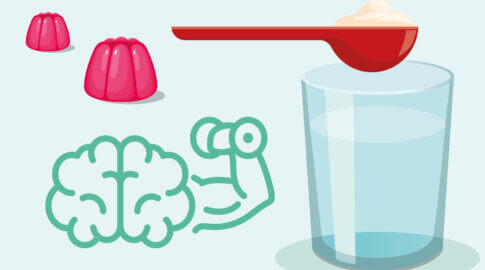Still sweating over HRT?
New NICE guidelines have been published for the use of Hormone Replacement Therapy (HRT). Here, consultant pharmacist Neil Hamilton considers the complex treatment in relation to women with PH.
In November 2015, the National Institute for Health and Care Excellence published a guideline for the use of Hormone Replacement Therapy (HRT). The guideline summarises very nicely the evidence for prescribing HRT along with a clear explanation of the risks and benefits.
HRT has been the subject of much discussion, controversy and column inches in the press. Whilst the benefits to menopausal and post-menopausal women are well known, the potential for side effects has been well described. As usual, for our highly educated patient group, the publication immediately prompted calls and questions to the PHA UK office and indeed some in the clinic where I work at the Sheffield Pulmonary Vascular Disease Unit.
The menopause will affect all women at some point in their lives. Approximately 80 per cent of women experience some level of symptoms and current evidence shows that for some women these symptoms may last as long as 10 to 12 years. For some, the impact on their quality of life is huge. The symptoms of menopause can obviously affect all aspects of home, family, work and sex life. Hence, this is a very significant problem to tackle and one of the key messages of the guideline (to find it online, simply search for NICE HRT) is for women to seek advice from their GP in the first instance and receive the most appropriate treatment.
For women with Pulmonary Hypertension (PH) the situation is further complicated. All HRT treatments are either a combination of oestrogen and progesterone, or oestrogen alone. The new NICE guideline has answered some long-standing concerns and described clearly the pros and cons of treatment. However as with other chronic conditions, the interaction between oestrogen and PH is not fully understood.

Firstly, there are valid reasons why oestrogen may be beneficial, not least because it has a protective effect on the bones (it protects against osteoporosis). It can also provide relief from the flushes and psychological issues such as mood-swings.
However, oestrogens also have pro-thrombotic properties (in other words, they increase the risk of blood clots). This will have a varying degree of importance depending on the type of PH that you have. For example, if you have Chronic Thromboembolic Pulmonary Hypertension, any increase in the chance of having further clots could be life-threatening. However patients with PAH associated with congenital heart disease may be less concerned with risks of clots.
We don’t fully understand the role of oestrogen in PH. As a result, there is a lot of research work underway looking at all aspects of oestrogen in PH. Such work includes looking at whether oestrogen may cause PH, whether high levels may be involved in making a diagnosis of PH more likely and even whether treatment with oestrogen-like compounds could be beneficial. If the investigators are able to draw some useful conclusions from their work, the picture may be clearer. However at the moment the evidence for taking oestrogens in any form remains very conflicting.
The NICE guideline does a great job of raising the importance of appropriate management of menopausal symptoms. It goes a long way to clarifying and describing the long-term risks of taking HRT, which will allay some commonly held misconceptions.
However, HRT has not suddenly become the treatment of choice for all ladies with PH who are experiencing symptoms of menopause. Careful evaluation of oestrogen, and the likely benefits and risks is necessary in all cases. This can be done best by your GP, with advice from the specialist centre on hand if needed.
















